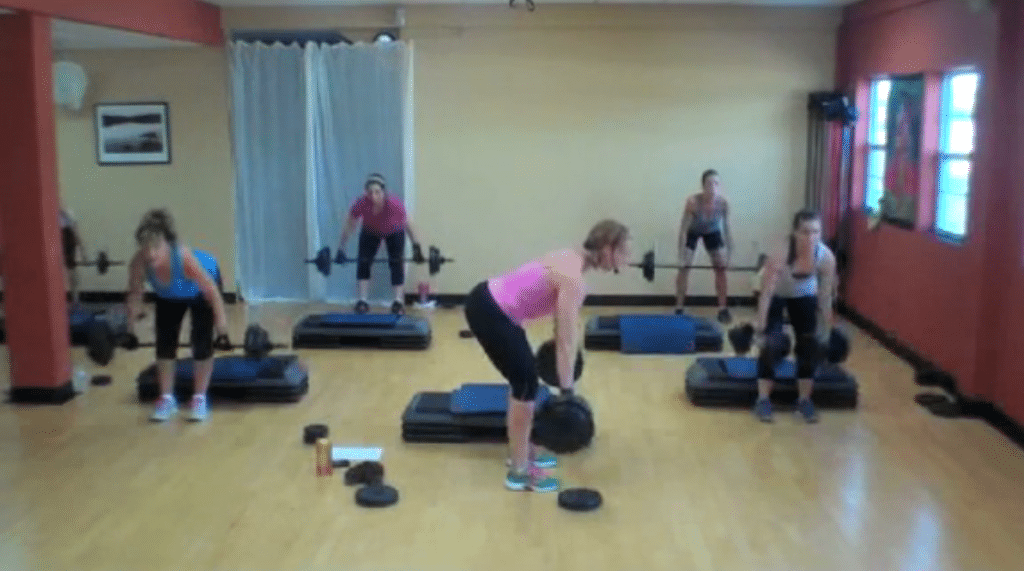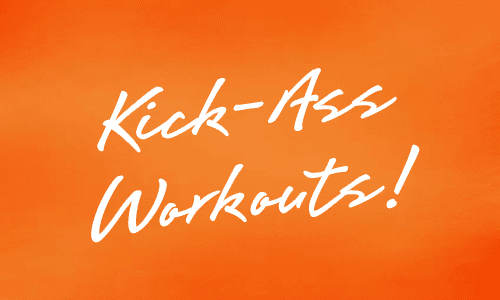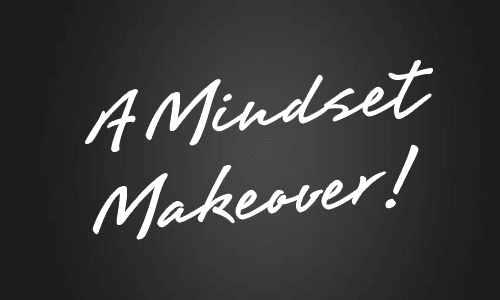Back hurts from sitting all day at your job?
I got just the antidote. Deadlifts!
If done correctly, that is.
Which is probably why most people I talk to are afraid to do them because they hear about how a buddy of theirs hurt their back doing them in the gym.
Yes, that is true as well - they can be harmful for your back when you don’t have the technique down, when you aren’t warmed up before you perform the move &/or when decide to pick up a weight that doesn’t match the edge of your current strength.
With that said, I can understand why most people are leary of doing them at all.
Before I go into HOW to perform them correctly (before even picking up a weight), I want to tell you WHY it’s a move you want to start including in your regular core routine
Deadlifts are a foundational exercise because it is a basic movement pattern of the body: hinging at the hips, then coming to a standing position.
That move is called “extension.” You are extending the body to an upright & straight standing posture.
In order to do that, you must use the muscles down the backside of the body, particularly your hamstrings (back of the legs above the knee), The gluteals (aka your “glutes” or your butt), & your lower back muscles (which are a critical part of your mid-section or “core”.
Now that you know WHY the move is so important - because it works major muscle groups you need to move around comfortably in LIFE - let’s break down HOW to do them correctly, step by step.
Standing in front of a mirror to check your posture can be super helpful.
tweet this: Here are 10 steps to rock out your deadlifts with confidence.
Technically, what I’m about to teach you is referred to as a “Good Morning” - it’s a deadlift with a bar on your upper back, or in this case, hands behind the head.
- Start in a standing position with your feet about shoulder-width apart. This is for joint alignment so you can find your strength & power in this move more easily.
- You want to find your best posture in this standing position, because it’s what is required that you maintain once you hinge forward into the first phase of the deadlift.
- Stack your shoulders over your hips and “knit” your lower ribs in (if you find that they are popping out). This will help you engage your abdominal muscles in the front of the body so you can find length in the lower back, at the back of the body.
- You may find that when you pull your lower ribs in, your tailbone slightly tucks. This is the body’s response to find your proper joint alignment.
- Before picking up ANY weight - barbells or dumbbells - it’s important to perform a few in front of a mirror with ease to build your confidence that you are indeed, doing the move correctly. The back never rounds, nor does it severely arch at any point during the move. In other words, #checkyourselfbeforeyouwreckyourself
- Place the fingertips lightly behind the ears & press your elbows out to the side walls. If the ribs pop out again when you lift your arms, knit them back in & re-adjust your posture. Doing this will create a little squeeze in the shoulder blades which it critical to understand when you are ready to pick up weights. You want to maintain that engagement in your upper back muscles.
- Tip from the hip creases - NOT THE WAIST - and put a slight bend in the knee as you do so. Depending on the tightness in the back of your legs, you will most likely feel a hamstring stretch. Bending the knees will help you avoid the tightness pulling on your lower back which causing your spine to round. That is a major mistake people make in deadlifting - you never want to lock out your knees. You never want the spine to round. That is also why I am having you practice this move with your elbows out - rounding through the shoulders is less likely to happen.
- You are looking to maintain the same posure in your back whether you are standing or you are hinged forward with your chest facing the floor in your deadlift position. THIS IS KEY.
- As you rise up and return to the start of the move, KEEP THE POSTURE exactly the same. Which means you are not allowing the spine to stack and “roll” on the way to the top. You NEVER want to roll the spine in this particular exercise. The move is generated from your hips, NOT your back. That is a major flaw many people make in deadlifting. One that YOU will not be making. ?
- Return to the same standing posture you had when you started the move. Be sure not to thrust your hips forward when you stand up. This puts extra tension on your hip flexors at the front of your legs and over time creates more problems for your hips & your back.
How’d you do?
Questions for me? Post them below! I am happy to clarify.
The best way to improve your deadlift form & core strength is to lift with me & the MissFits REALTIME! Rather than taking these tip & trying it alone, join in on the fun and I’ll coach you through the whole process. I promise you, home workouts legit get you strong and build your confidence like you never thought possible!
Realfit Strength: 8 Weeks To A Sleeker Physique - Workout #2 Personal Best Challenge
Weights & Body Weight are combined in this super-effective strength series designed to improve both physical & aesthetic balance, so your bod gets tighter & more defined from the inside, out.







